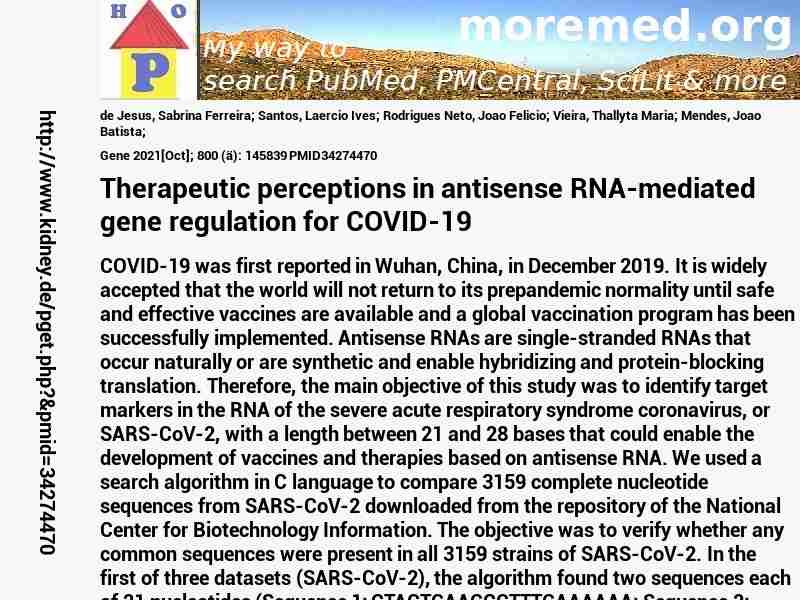
|
10.1016/j.gene.2021.145839
http://scihub22266oqcxt.onion/10.1016/j.gene.2021.145839

34274470!8282474!34274470
 free free
 free free
 free free
Warning: file_get_contents(https://eutils.ncbi.nlm.nih.gov/entrez/eutils/elink.fcgi?dbfrom=pubmed&id=34274470&cmd=llinks): Failed to open stream: HTTP request failed! HTTP/1.1 429 Too Many Requests
in C:\Inetpub\vhosts\kidney.de\httpdocs\pget.php on line 215
|  
Deprecated: Implicit conversion from float 231.6 to int loses precision in C:\Inetpub\vhosts\kidney.de\httpdocs\pget.php on line 534
Deprecated: Implicit conversion from float 231.6 to int loses precision in C:\Inetpub\vhosts\kidney.de\httpdocs\pget.php on line 534
Deprecated: Implicit conversion from float 231.6 to int loses precision in C:\Inetpub\vhosts\kidney.de\httpdocs\pget.php on line 534
Deprecated: Implicit conversion from float 231.6 to int loses precision in C:\Inetpub\vhosts\kidney.de\httpdocs\pget.php on line 534
Warning: imagejpeg(C:\Inetpub\vhosts\kidney.de\httpdocs\phplern\34274470.jpg): Failed to open stream: No such file or directory in C:\Inetpub\vhosts\kidney.de\httpdocs\pget.php on line 117
 Gene 2021 ; 800 (�): 145839 Gene 2021 ; 800 (�): 145839
Nephropedia Template TP
gab.com Text
Twit Text FOAVip
Twit Text #
English Wikipedia
|
Therapeutic perceptions in antisense RNA-mediated gene regulation for COVID-19 #MMPMID34274470de Jesus SF; Santos LI; Rodrigues Neto JF; Vieira TM; Mendes JB; D'angelo MFSV; Guimaraes ALSGene 2021[Oct]; 800 (�): 145839 PMID34274470show ga
COVID-19 was first reported in Wuhan, China, in December 2019. It is widely accepted that the world will not return to its prepandemic normality until safe and effective vaccines are available and a global vaccination program has been successfully implemented. Antisense RNAs are single-stranded RNAs that occur naturally or are synthetic and enable hybridizing and protein-blocking translation. Therefore, the main objective of this study was to identify target markers in the RNA of the severe acute respiratory syndrome coronavirus, or SARS-CoV-2, with a length between 21 and 28 bases that could enable the development of vaccines and therapies based on antisense RNA. We used a search algorithm in C language to compare 3159 complete nucleotide sequences from SARS-CoV-2 downloaded from the repository of the National Center for Biotechnology Information. The objective was to verify whether any common sequences were present in all 3159 strains of SARS-CoV-2. In the first of three datasets (SARS-CoV-2), the algorithm found two sequences each of 21 nucleotides (Sequence 1: CTACTGAAGCCTTTGAAAAAA; Sequence 2: TGTGGTTATACCTACTAAAAA). In the second dataset (SARS-CoV) and third dataset (MERS-CoV), no sequences of size N between 21 and 28 were found. Sequence 1 and Sequence 2 were input into BLAST(R) >> blastn and recognized by the platform. The gene identified by the sequences found by the algorithm was the ORF1ab region of SARS-CoV-2. Considerable progress in antisense RNA research has been made in recent years, and great achievements in the application of antisense RNA have been observed. However, many mechanisms of antisense RNA are not yet understood. Thus, more time and money must be invested into the development of therapies for gene regulation mediated by antisense RNA to treat COVID-19 as no effective therapy for this disease has yet been found.|Algorithms[MESH]|COVID-19/*genetics/virology[MESH]|Computer Simulation[MESH]|Gene Expression Regulation, Viral[MESH]|Humans[MESH]|RNA, Antisense/*genetics[MESH]
  
DeepDyve
Pubget Overpricing | 
|